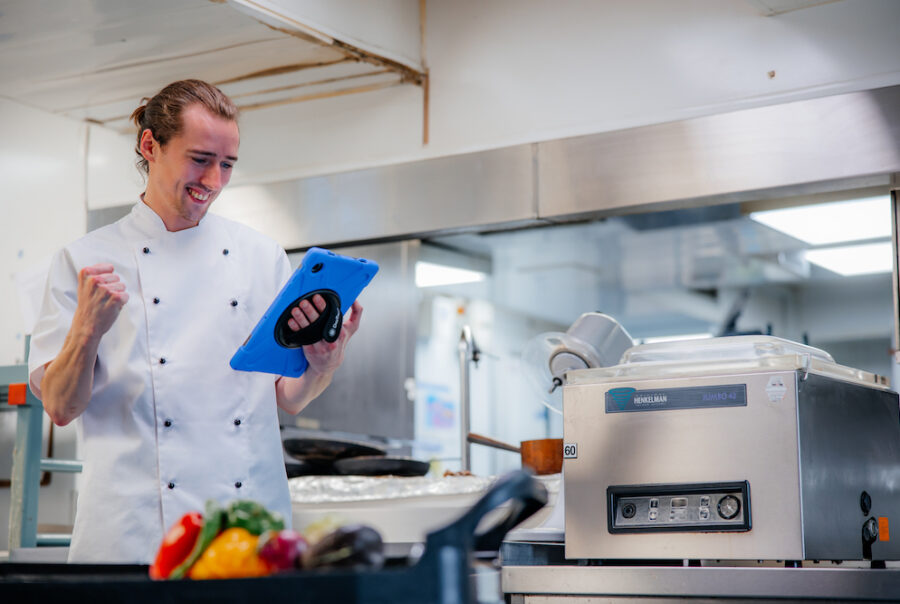Food waste is a huge problem around the world. According to the World Wildlife Fund, approximately 1.3 billion tons of food is wasted globally each year – almost enough to feed every malnourished person on the planet.
Not only does food waste have significant detrimental effects on the environment, but it also impacts profitability in the food service industry. That said, there are actions food service businesses can take, as well as new available technologies, that can help combat this serious issue.
Here, we explore how food waste affects both the environment and businesses in the food service industry and determine how technology can be leveraged to run more sustainable and profitable operations.
The environmental impact of food waste
Besides the food itself, when food is wasted, all the energy, water and money it takes to grow, harvest, package and transport those items are lost too.
What’s more, when food ends up in landfills and decomposes, it releases methane, which is a greenhouse gas even more potent than carbon dioxide. This means that food waste directly contributes to greenhouse gas emissions. Therefore, reducing waste globally is critical to lowering the food service industry’s carbon footprint and promoting more sustainability.

How food waste affects profits
The reality is that wasting food does impact a business’ bottom line, not least because of the number of waste opportunities that occur throughout a food service business’ operations.
For example, unnecessary purchasing expenses can result from buying excess ingredients, which end up being thrown away, and storing surplus perishable foods means increased expenditure on refrigeration and storage space. In addition, there are labour costs associated with the time spent preparing food that does not get eaten. All of these factors limit a food service business’ profitability.
A food business needs to know:
- What is being wasted
- Why it is being wasted
- When it is being wasted
Only then, can they see about reducing their food waste effectively.
Using technology to reduce waste
For any food service business, reducing overheads and minimising unnecessary costs are critical. Unfortunately, many businesses struggle to get a clear picture of what food they are wasting and why it is happening, which is a major issue undermining efforts to minimise food waste.
Yet, there are tools available that provide data insights into waste streams, which enable food service businesses to make targeted operational changes that have a direct impact on both sustainability and profit margins.
This is where DigiTally steps in. As a digital solution for stocktaking, food waste management, and margin optimisation, DigiTally is specifically designed to solve problems like these. With its user-friendly design and live data, DigiTally can help even the most tech-wary of clients keep better track of their inventory and identify key opportunities to reduce food waste.
Ultimately, a food waste problem is a profitability problem, so why not make this a top priority by leveraging the power of technology?
Let’s talk! If you’d like to learn more about how our user-friendly food service software, DigiTally, can lead to less waste, better margins, more time and a healthier planet – click here.



